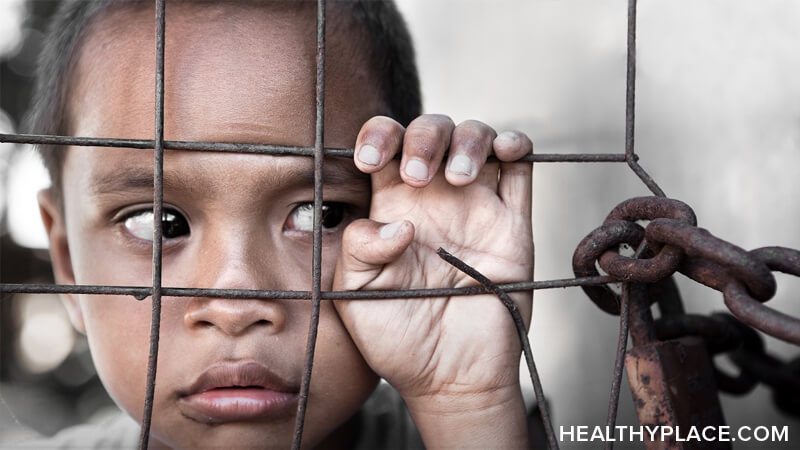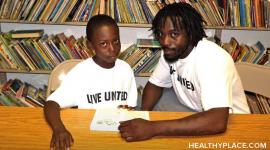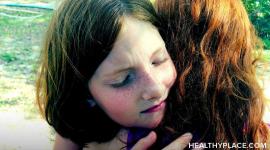Characteristics of Adult Children of Trauma and Addiction

Children of Alcoholics are traumatized living in an addicted family. Discover the behavioral characteristics of Adult Children of Alcoholics.
Learned Helplessness: A person loses the feeling that they can affect or change what's happening to them.
Depression: Unexpressed and unfelt emotion lead to flat intenal world - or agitated/anxious depression. Anger, rage and sadness that remain unfelt or unexpected in a way that leads to no resolution.
Anxiety: Free floating anxiety, worries and anxieties that have no where particular to pin themselves or look for a place to project at, phobias, sleep disturbances, hyper-vigilance.
Emotional Constriction: Numbness and shutdown as a defense against overwhelming pain. Restricted range of affect or lack of authentic expression of emotion.
Distorted Reasoning: Convoluted attempts to make sense and meaning out of chaotic, confusing, frightening or painful experience that feels senseless.
Loss of Trust and Faith: Due to deep ruptures in primary, dependency relationships and breakdown of an orderly world.
Hypervigilance: Anxiety, waiting for the other shoe to drop - constantly scanning environment and relationships for signs of potential danger or repeated rupture.
Traumatic Bonding: Unhealthy bonding style resulting from power imbalance in relationships and lack of other sources of support.
Loss of Ability to Take in Caring and Suppport: Due to fear of trusting and depending upon relationships and trauma's inherent numbness and shutdown.
Problems with Self Regulation: The deregulated limbic system can manifest in problems in regulating many areas of the self system and thinking, feeling and behavior. Go from 0 - 10 and 10 - 0 without intermediate stages, black and white thinking, feeling and behavior, no shades of gray as a result of trauma's numbing vs. hi-affect.
Easily Triggered: Stimuli reminiscent of trauma, e.g., yelling, loud noises, criticism, or gunfire, trigger person into shutting down, acting out or intense emotional states. Or subtle stimuli such as changes in eye expression or feeling humiliated, for example.
High Risk Behaviors: Speeding, sexual acting out, spending, fighting or other behaviors done in a way that puts one at risk. Misguided attempts to jump start numb inner world or act out pain from an intense pain filled inner world.
Disorganized Inner World: Disorganized object constancy and/or sense of relatedness. Internal emotional disconnects or Fused feelings (e.g., anger & sex, intimacy and danger, need and humiliation).
Survival Guilt: From witnessing abuse and trauma and surviving, or from "getting out" of an unhealthy family system while others remain mired within it.
Development of Rigid Psychological Defenses: Dissociation, denial, splitting, repression, minimization, intellectualization, projection, for some examples or developing rather impenetrable "character armor."
Cycles of Reenactment: Unconscious repetition of pain-filled dynamics, the continual recreation of dysfunctional dynamics from the past.
Relationship Issues: Difficulty in being present in a balanced manner; a tendency to over or under engage, explode or withdraw or be emotional hot and cold. Problems with trusting, staying engaged or taking in love and caring.
Desire to Self Medicate: Attempts to quiet and control turbulent, troubled inner world through the abuse of drugs and alcohol abuse or behavioral addictions.
Find more comprehensive information about Drug Abuse and Addiction and Alcohol Abuse and Addiction.
Sources:
- From Trauma and Addiction, Dayton 2000 (van der Kolk 1987, Krystal 1968)
APA Reference
Gluck, S.
(2021, December 16). Characteristics of Adult Children of Trauma and Addiction, HealthyPlace. Retrieved
on 2024, June 20 from https://www.healthyplace.com/addictions/family-impact/characteristics-adult-children-of-trauma-addiction



